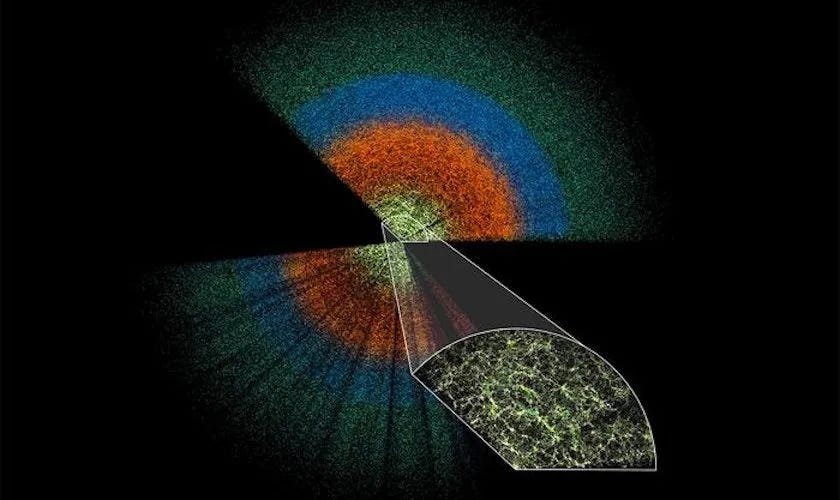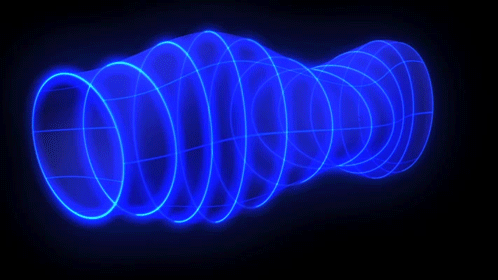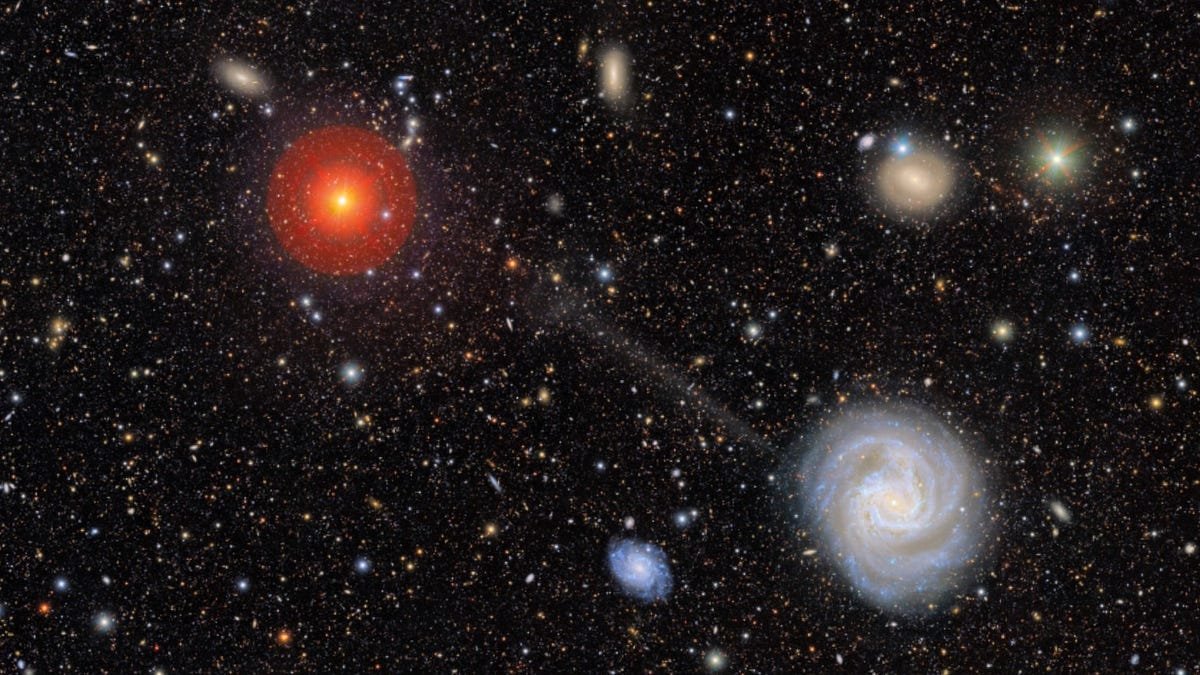
Ask Ethan: Is the Hubble tension the same thing as dark energy? | by Ethan Siegel | Starts With A Bang! | Oct, 2025
Observations with the Hubble space telescope helped cement dark energy and reveal the Hubble tension. How are these two things so different?
For a long time throughout the 20th century, the main goal of cosmology was twofold:
- to measure the expansion rate of the Universe today, known as the Hubble constant,
- and to measure how the expansion rate was changing over time, then known as the deceleration parameter.
After all, we had a law of gravity — Einstein’s General Relativity — that allowed us to calculate how the Universe would evolve based on the amount, density, and distribution of matter and energy within it. We observed the Universe to be roughly uniform in all locations and all directions, and we learned back in the 1920s and 1930s that the Universe was expanding. If we could just measure those two parameters, we thought, we’d know it all: the age, history, composition, and even the fate of our Universe.
Oh, if only we realized how little we knew back then. We had erroneously assumed that the Universe was 100% made up of matter, that the expansion rate would be decelerating, and that there wouldn’t be any surprises. Of course, there wound…




